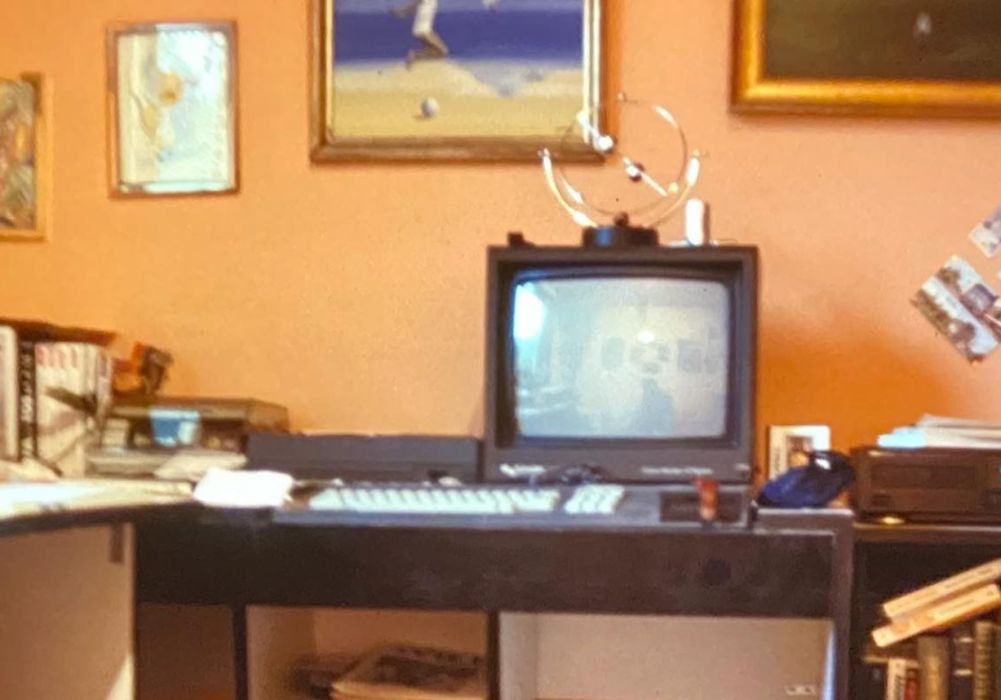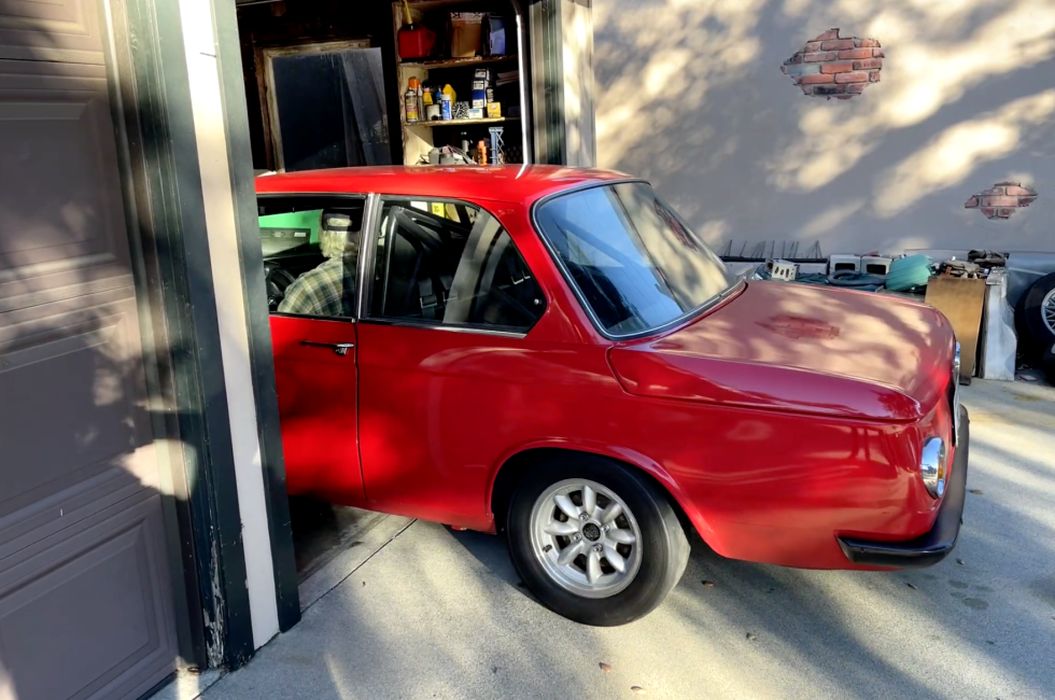
For the last decade, I have relentlessly pushed for a change in the way we humans engineer physical things. Our future depends on it.
Editor’s note: Lin Kayser has written a series of stories introducing the new concept of Computational Engineering being developed by his new company, Leap71. This is a six-part series, with links below to all parts as they are published:
Fundamentals of Computational Engineering: Prologue
Fundamentals of Computational Engineering: Part 1 — A Bit of History
Fundamentals of Computational Engineering: Part 2 — The Technology
Fundamentals of Computational Engineering: Part 3 — Voxels to the Rescue
Fundamentals of Computational Engineering: Part 4 Implicits
Fundamentals of Computational Engineering: Part 5 — All You Need is a Few Functions
As a kid I thought flying cars and space travel would be ubiquitous by the time I grew up. Instead, the world is often surprisingly boring, and we are burdening the next generation with unsolved challenges in our physical environment.
Maybe I am just too impatient. But I am a software guy — and am used to the speed of Moore’s Law.
I taught myself how to code in the 1980s and I was part of the breathtaking ride in computing and software, that ensued in the past four decades. I was in the vanguard in many fields, from industrial control systems in the 1990s, to the digital transformation of Hollywood in the early 2000s, to 3D Printing since 2012, and beyond. It is nothing short of amazing how the power of information technology has shaped our world in the past half century and is continuing to do so.
But the bold advances in computing also show us the stark contrast between Moore’s Law and speed of progress in our physical environment.
If you subtract all the things that changed because of Information Technology, improvements often seem trivial. You would never consider using a 40 years old computer (I must know!), but we would not hesitate to drive a car from the 1980s — because cars, like other physical objects around us, have not changed at the pace of the Information Age.

Pick any object around you, go back 20, 30, 40, 100 years, and ask, how much it has changed, how much improved? — the answer is often sobering. The ancient Romans had central heating that doesn’t look much different from what we have today. A few years ago, we had aircraft fall out of the sky because nobody had wanted to fundamentally reengineer a 1960s airframe for a plane coming to the market 50 years later — even though it needed more room for modern engines.
Why is there so little change in our physical world?
There is a dramatic lack of progress. It has many reasons, but the key issue is that our engineering paradigm has not changed since Roman times. It’s a manual, cumbersome, laborious process. It is mind boggling what we ask our human engineers to go through, in order to make even trivial changes to an object!
Engineers are supposed to visually sketch all aspects of a blueprint, which takes countless hours. There is almost no re-use of existing work, because even trivial changes tend to break the digital design.
Unless you absolutely have to, you will not modify something that works — even if it is not a great solution. Never change a running system, because it takes too much effort.
As a result, innovation cycles are measured in years and decades. If you want to change a physical product, you are often in for a multi-year journey.

And that’s a problem, because we all live in the real world. As humanity, we face issues that can only be solved right here, by changing our physical environment.
And it needs to happen much faster than in the past, because we are running out of time. We have six years until we are supposed to reach the 17 UN Sustainable Development Goals (SDGs). The majority of these goals depend on sophisticated engineering solutions, that will not materialize in a short amount of time — unless we change something profound.
“The smartphones that distract us from our surroundings also distract us from the fact that our surroundings are strangely old: only computers and communications have improved dramatically since midcentury. That doesn’t mean our parents were wrong to imagine a better future — they were only wrong to expect it as something automatic. Today our challenge is to both imagine and create the new technologies that can make the 21st century more peaceful and prosperous than the 20th.”Peter Thiel / Zero to One
And while many people demand urgent action to solve issues like Climate Change, very few people ask, how?
How can we actually speed up the progress of inventing new things? Moving engineering under Moore’s Law is the only way to tackle this, because it is a crisis of our approach to invention. The last decade has made me more convinced than ever, that this is what we need to do now, and it can be done, when we all come together to adopt a new paradigm for engineering.
A new paradigm for engineering
I have talked many times about this topic, and there are talks, podcasts, and articles online, including on this site, so I won’t repeat myself too much. A good starting point is my 2018 talk over at TED.com.
Over the past years, I built a company, Hyperganic, that created the foundation for this change in engineering approach. But the shift is much bigger than what one company can handle. And in October last year, I had to let go of the fate of Hyperganic, and can no longer steer it. To broaden the discussion, and open it up to a larger audience, I will share the insights I gained from my long involvement with this subject. Over the past years, my conviction that this is the right path has been bolstered by a lot of feedback I received, and results we demonstrated. So for me it’s a question of when this paradigm takes over, no longer “if”.
But as Peter Thiel put it in the quote above, unless we all push very hard — it’s not going to happen automatically: progress requires initiative.
A practical guide to Computational Engineering
This is the first in a series of articles, in which I will explain a process that I thought of almost a decade ago, and that my co-founder Michael Gallo implemented at Hyperganic. I will describe the theoretical foundation, and why it has the potential to change how we engineer things in the 21st Century. This new paradigm is called Computational Engineering.
In the first couple of texts, I will describe the general thoughts that led to the technological foundation, some examples on how it works, and how it can become the basis for a larger movement for Computational Engineering. Later, I will be joined by Josefine, who is the subject matter expert on building Computational Engineering Models (CEMs), algorithmic systems, that create sophisticated parts, structures and entire machines.

Josefine created this fantastic computational model of an Aerospike rocket engine in 2022, using Hyperganic Core. It was printed in copper on an AMCM M4K industrial 3D printer. Computational Engineering will make objects like these commonplace in the coming years.
If you want to understand where all of this can lead check out this article I wrote in March. The next decade will be exciting.
Editor’s note: Lin Kayser has written a series of stories introducing the new concept of Computational Engineering being developed by his new company, Leap71. This is a six-part series, with links below to all parts as they are published:
Fundamentals of Computational Engineering: Prologue
Fundamentals of Computational Engineering: Part 1 — A Bit of History
Fundamentals of Computational Engineering: Part 2 — The Technology
Fundamentals of Computational Engineering: Part 3 — Voxels to the Rescue
Fundamentals of Computational Engineering: Part 4 Implicits
Fundamentals of Computational Engineering: Part 5 — All You Need is a Few Functions
Via Leap71
